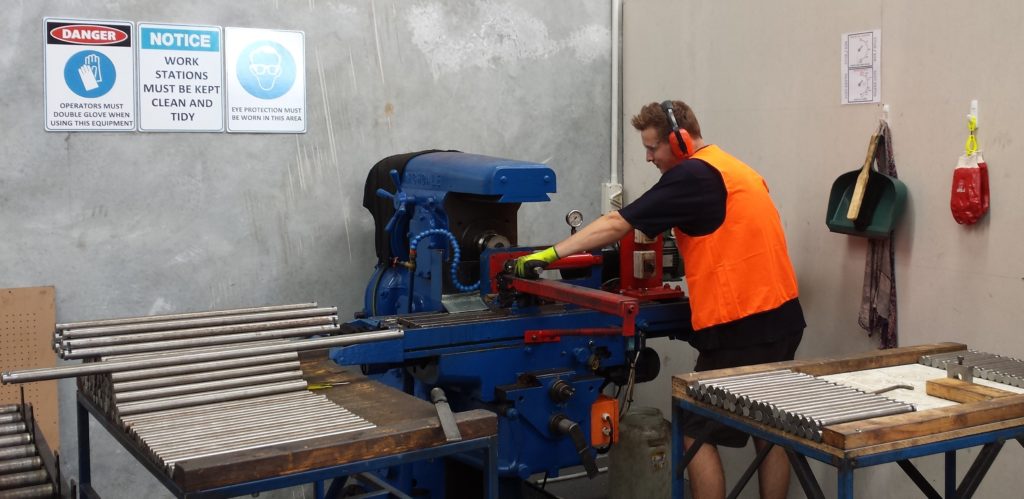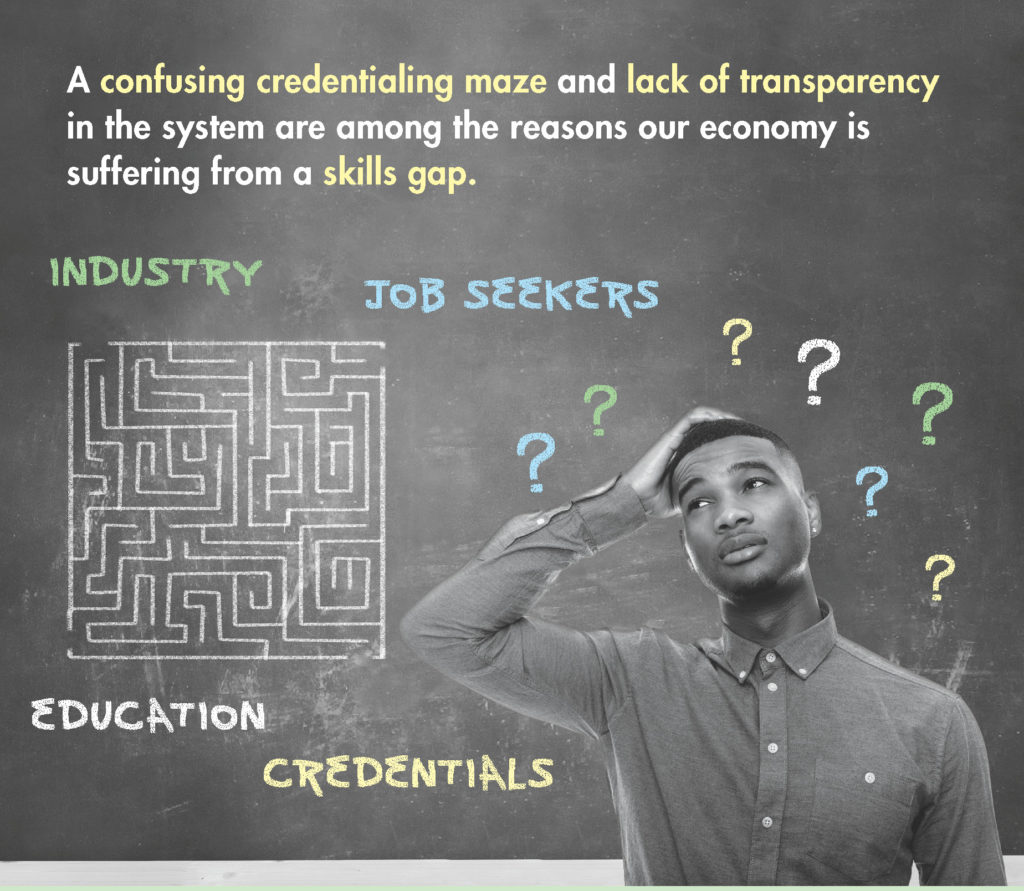 Certificates, certifications, badges, and licenses, what are they worth to the workforce? The last decade has seen huge growth in the number and variety of credentials, and this explosion has fueled a great deal of confusion among students, workers, job seekers, employers, and others. Job seekers can’t tell which credentials will help them earn and demonstrate their competencies, and obtain employment. Employers can’t identify the credentials that will ensure that employees know what a piece of paper says they know.
Certificates, certifications, badges, and licenses, what are they worth to the workforce? The last decade has seen huge growth in the number and variety of credentials, and this explosion has fueled a great deal of confusion among students, workers, job seekers, employers, and others. Job seekers can’t tell which credentials will help them earn and demonstrate their competencies, and obtain employment. Employers can’t identify the credentials that will ensure that employees know what a piece of paper says they know.
As more and more jobs require applicants to have training, education, or experience beyond a high school diploma, industry-based credentials have become a growing part of a competent workforce, providing new opportunities for job seekers and employers. But with less than 10% of the more than 4,000 personnel certification bodies active in the United States accredited by a third party, there is no common definition of quality or market value.
Even as the economy rebounds and unemployment drops, the United States faces a skills gap. According to the Bureau of Labor Statistics, there are 5.5 million job openings, and yet, 7.8 million individuals remain unemployed. This gap stems from a mismatch – many of today’s job seekers don’t have the competencies that industry is seeking for today’s high-skill manufacturing, technology, and service jobs.
A September 2014 survey by the Business Roundtable found that 52 percent of member CEOs considered the skills gap to be either “problematic” or “very problematic.” What’s even more alarming is that only 3 percent viewed the issue as “not a problem” at all.
At the same time, business leaders have doubts that U.S. higher education institutions in the U.S. are graduating students who meet their particular businesses’ needs. A 2014 Gallup poll revealed that only 11 percent of business leaders strongly agree that graduates have the necessary skills and competencies to succeed in the workplace. That’s in stark contrast to another recent survey, conducted by Inside Higher Ed in conjunction with Gallup, indicating that 96 percent of academic officers believe that they’re effectively preparing students for success in the workplace.
 We can do better
We can do better
Formed in 2014 as an affiliate of the American National Standards Institute (ANSI), Workcred’s mission is to strengthen workforce quality by improving the credentialing system, ensuring its ongoing relevance, and preparing employers, workers, educators, and governments to use it effectively.
Through research, consulting, and educational fora, Workcred is working with industry, government, and training/education partners to improve the quality, effectiveness, and market value of credentials. Among other activities, we have been working closely with these groups to assess workforce needs, develop or revise credentials, create career pathways, and create better alignment between education/training, credentialing, and industry needs.
For example, Workcred is partnering with the National Institute of Standards and Technology (NIST) Manufacturing Extension Partnership to examine the quality, effectiveness, and market value of manufacturing credentials through a comprehensive study.
The collaborative research project aims to:
- Identify credentials being used by manufacturers that are representative of the industry.
- Evaluate the quality of the credentials against national and/or international standards.
- Determine the market value of credentials based on data from the credential issuer.
- Determine how the credential is being used and how the effectiveness of the credential is being determined in work settings through interviews with HR department officials, work supervisors, and individuals who hold the credentials.
- Identify the need for new credentials, the scope and outcomes needed of the credentials, and what organizations might be willing and capable of creating the credential.
 Workcred is also involved in a groundbreaking technology initiative to create a web-based credential registry that will enable job seekers, students, workers, and employers to search for and compare credentials, just as you use travel apps to compare flights, rental cars,
Workcred is also involved in a groundbreaking technology initiative to create a web-based credential registry that will enable job seekers, students, workers, and employers to search for and compare credentials, just as you use travel apps to compare flights, rental cars,
and hotels. The registry will include educational degrees (AA, BA, BS, and MA degrees), certificates, industry certifications, occupational licenses, and micro-credentials.
Momentum and support for the registry are building fast. A new non-profit organization, Credential Engine, has been established to scale up the registry from its pilot phase and sustain its operation for the long term. Dozens of higher education institutions, credentialing organizations, and quality assurance (QA) entities are involved as registry participants who provide information about their credentials or QA processes to the registry, and more are signing on every day. By all indications, the registry is paving the way of the future credentialing ecosystem.
 Call to Action – The Road Ahead
Call to Action – The Road Ahead
Achieving a coherent and navigable competency-based credentialing system is no simple matter, but it is within our reach. Like any worthwhile endeavor, it will require strategic partnerships and close collaboration between stakeholders, the business community, credentialing organizations, federal, state, and local governments, educational institutions, philanthropic associations, and more.




















